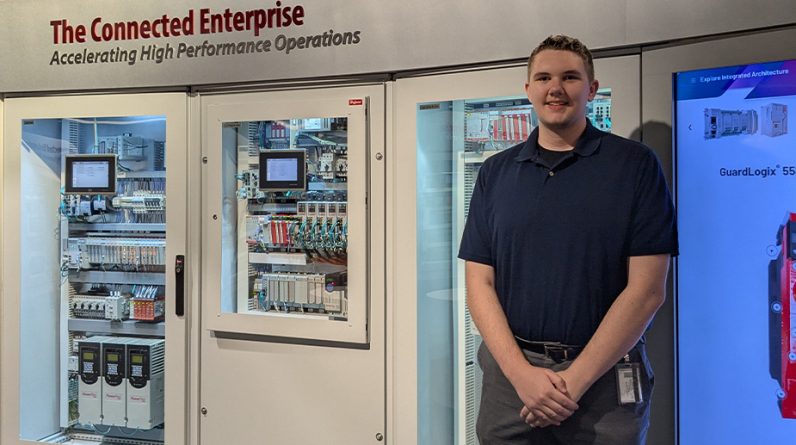
UiPath has unveiled several new features on its platform incorporating generative AI to assist businesses in enhancing their automation processes.
The company highlighted these advancements at the UiPath on Tour London: AI at Work summit held at the InterContinental London.
A standout among the new features is UiPath Autopilot. This tool uses generative natural language processing within UiPath Studio to facilitate the creation of workflows, expressions, and automations from natural language descriptions. UiPath claims that more than 70% of the generated content is accepted by users, thereby accelerating development speeds for developers of varying experience levels.
The Autopilot tool allows developers to describe an automation task in natural language, which the system then translates into an initial workflow. It can also generate syntactically accurate expressions and code from natural language descriptions. Additionally, Autopilot can create applications from input as varied as PDF files or images of paper forms.
UiPath Autopilot also extends its capabilities to software testing, enabling the generation of tests from requirements documentation and converting manual tests into automated ones. The tool scrutinises requirements to ensure clarity and automatically generates quality checks and test insights to refine the testing process.
Two specialised large language models (LLMs) were introduced to help businesses process documents more efficiently: DocPath and CommPath. Both models are designed to handle document and communications tasks, boasting an 80% reduction in computing power required for training. These models are now generally available.
New AI enhancements for Intelligent Document Processing (IDP) were also announced. Among these enhancements is active learning, which cuts down the training effort needed by 80%. This feature allows users without coding skills to train their models with guidance from AI. Another notable enhancement is generative validation, which uses GenAI to verify the outputs from Document Understanding models, offering a “second opinion” that could potentially reduce manual validation work and increase automation rates by up to 200%.
Additionally, UiPath introduced AI-powered building blocks to facilitate higher-order automation tasks. These GenAI activities include capabilities for content generation, personal information filtering, text summarisation, and text translation. Other features include object detection and image classification, aiding in tasks such as automated inspections and document analysis.
The Trust Layer within UiPath ensures that all AI-powered capabilities comply with existing data governance policies, aiming to provide a secure environment for automation tasks.
As part of its expansion, UiPath announced the general availability of UiPath Automation Cloud on Microsoft Azure in the UK. This move is driven by the growing demand for local data residency and AI-powered automation solutions. It is expected to help public sector organisations and industries such as financial services, healthcare, and telecommunications comply with regulations on handling sensitive data while pursuing digital transformation goals.





